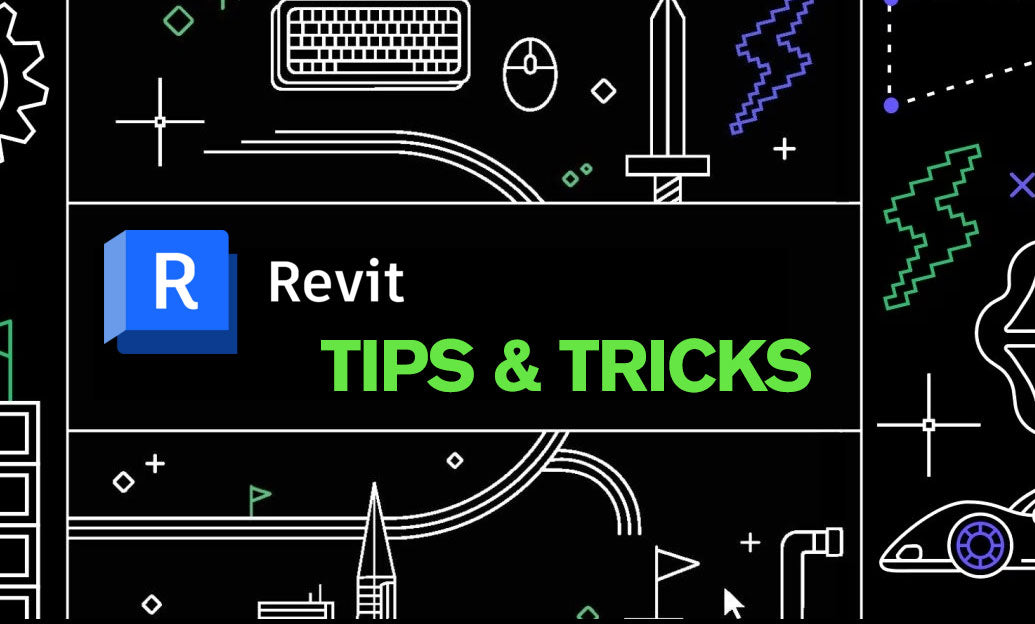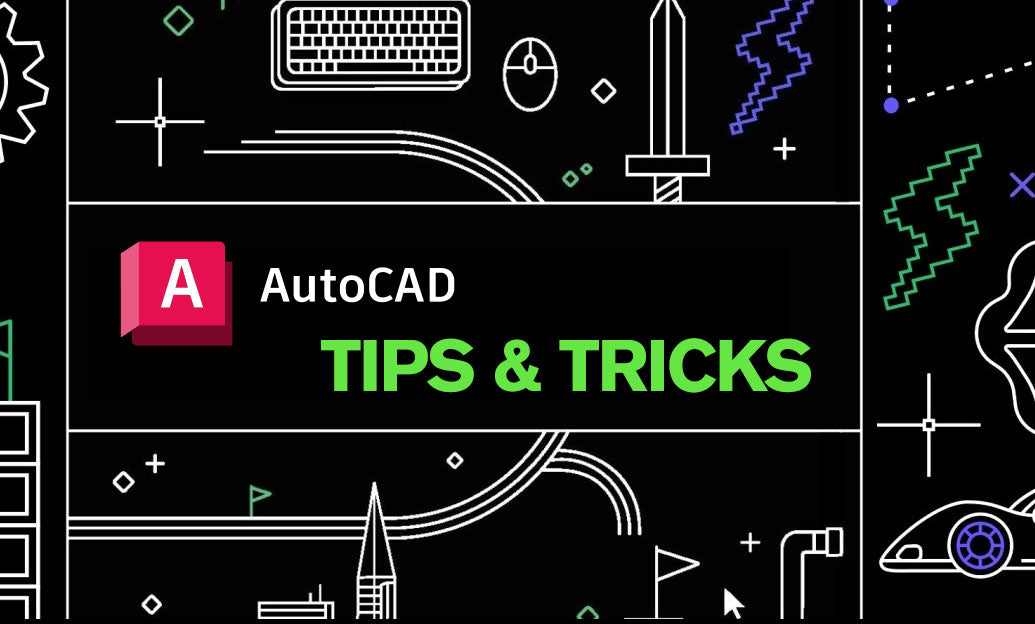Your Cart is Empty
Customer Testimonials
-
"Great customer service. The folks at Novedge were super helpful in navigating a somewhat complicated order including software upgrades and serial numbers in various stages of inactivity. They were friendly and helpful throughout the process.."
Ruben Ruckmark
"Quick & very helpful. We have been using Novedge for years and are very happy with their quick service when we need to make a purchase and excellent support resolving any issues."
Will Woodson
"Scott is the best. He reminds me about subscriptions dates, guides me in the correct direction for updates. He always responds promptly to me. He is literally the reason I continue to work with Novedge and will do so in the future."
Edward Mchugh
"Calvin Lok is “the man”. After my purchase of Sketchup 2021, he called me and provided step-by-step instructions to ease me through difficulties I was having with the setup of my new software."
Mike Borzage
Revolutionizing Design: The Impact of Cloud-Based Rendering Farms on Visualization Workflows
November 03, 2024 6 min read


Introduction
The design and manufacturing landscape is rapidly evolving, with a burgeoning demand for high-quality product visualization that meets the expectations of a global market. As technology advances, consumers and stakeholders alike seek detailed, lifelike representations of products long before they reach the physical prototype or production stages. This shift has placed immense pressure on designers and engineers to produce sophisticated visualizations that accurately reflect the final product. Traditional rendering processes, which rely heavily on local computing resources and on-premises hardware, are increasingly inadequate to meet these demands. These methods are often fraught with limitations, including lengthy rendering times, limited scalability, and substantial hardware investments that can become quickly outdated. The computational intensity required for producing high-resolution images, detailed simulations, and complex animations can overwhelm local systems, leading to delays and bottlenecks in the workflow. To address these challenges, the industry is turning towards cloud-based rendering farms as a game-changing solution that accelerates visualization workflows. By leveraging the power of cloud computing, designers and engineers can access virtually unlimited processing capabilities, enabling them to render complex projects efficiently and effectively. Cloud-based rendering farms offer a scalable, cost-effective, and accessible alternative to traditional methods, transforming the way visual content is created and shared in the design and manufacturing sectors. This transition not only enhances productivity but also fosters innovation by removing the technical barriers that have historically constrained the creative process.
Understanding Cloud-Based Rendering
At its core, cloud-based rendering involves the use of remote servers and GPU clusters hosted in the cloud to process rendering tasks that would otherwise tax local computing resources. A cloud-based rendering farm is a networked environment where multiple high-performance machines work in tandem to perform complex rendering computations. This infrastructure harnesses the massive computational power of data centers, providing users with access to resources that far exceed the capabilities of traditional on-premises systems. In contrast to local rendering solutions, which are confined by the finite processing power and memory of individual workstations, cloud rendering farms offer unparalleled scalability. Users can allocate as many resources as needed for a particular project, scaling up or down based on demand. This flexibility is particularly beneficial for handling projects of varying sizes and complexities. Moreover, cloud rendering services often come equipped with advanced features such as automated task distribution, load balancing, and support for various rendering engines and software packages. The advantages of cloud rendering are numerous and significant. Firstly, scalability is a key benefit, as it allows designers to manage large-scale projects without being bottlenecked by hardware limitations. Whether rendering a single high-resolution image or processing thousands of frames for an animation, the cloud can accommodate the workload efficiently. Secondly, cloud rendering is cost-effective. Instead of investing heavily in expensive hardware that may become obsolete, users pay for the resources they consume. This operational expense model reduces upfront costs and eliminates the need for ongoing maintenance and upgrades. Lastly, accessibility is greatly enhanced. With cloud-based solutions, users can access rendering services from anywhere with an internet connection. This enables remote work and collaboration, breaking down geographical barriers and facilitating teamwork across different locations. Additionally, cloud rendering supports a variety of devices, allowing designers to work on projects using laptops, tablets, or other mobile devices without sacrificing performance.
To further understand the differences between cloud-based and on-premises rendering solutions, consider the following points:
- Hardware Investment: On-premises rendering requires significant investment in high-end workstations and servers. Cloud rendering shifts this to a pay-as-you-go model.
- Maintenance and Upgrades: Local hardware requires regular maintenance and can become outdated. Cloud services handle maintenance and ensure access to the latest technologies.
- Resource Utilization: On-premises resources may be underutilized during low-demand periods. Cloud resources are allocated dynamically, optimizing usage.
- Scalability: Scaling up local infrastructure is time-consuming and costly. Cloud solutions scale instantly to meet demand.
Impact on Visualization Workflows
The adoption of cloud-based rendering services profoundly transforms visualization workflows, introducing efficiencies and capabilities that were previously unattainable. One of the primary impacts is the streamlining of the rendering process. Cloud services automate many aspects of rendering, including task scheduling, resource allocation, and job management. This automation reduces the manual effort required to manage rendering tasks, allowing designers to focus more on the creative aspects of their projects. Integration with existing design software and workflows is another critical aspect. Leading cloud rendering platforms offer plugins and APIs that connect directly with popular design and 3D modeling tools. This seamless integration means that designers can submit rendering jobs to the cloud directly from their familiar software environments, without the need for complex configuration or data transfers. This not only saves time but also minimizes the risk of errors that can occur when exporting and importing files between different systems. Enhancements in collaboration and real-time feedback are also significant. With cloud-based solutions, projects can be shared easily with team members and clients, regardless of their physical location. Stakeholders can access the latest versions of renderings and models, providing timely feedback and approval. This capability accelerates the design iteration cycle, enabling teams to make swift decisions and adjustments. Faster iteration cycles lead to quicker decision-making, which is crucial in competitive industries where time-to-market can be a decisive factor. By reducing the delays associated with rendering bottlenecks, teams can respond more rapidly to market trends and customer needs. The overall outcome is a more agile and responsive workflow that enhances both productivity and creativity.
To illustrate the specific ways cloud-based rendering enhances workflows, consider the following benefits:
- Parallel Processing: Render multiple scenes or frames simultaneously, significantly reducing total rendering time.
- 24/7 Availability: Access rendering resources at any time, accommodating different time zones and work schedules.
- Data Security: Leverage advanced security measures provided by cloud providers to protect sensitive project data.
- Real-Time Collaboration: Share interactive visualizations with team members for immediate input and iteration.
Use Cases and Industry Applications
Cloud-based rendering farms have become indispensable tools across a spectrum of industries, each harnessing the technology to meet specific visualization needs. In architectural visualization, for example, architects and designers utilize cloud rendering to produce detailed and lifelike representations of buildings and spaces. This capability accelerates design revisions by allowing quick adjustments and re-renderings, which are essential when responding to client feedback or exploring new design concepts. High-quality renderings also enhance presentations, giving clients a realistic sense of the final product and increasing the likelihood of project approval. In the realm of product design, cloud rendering empowers designers to create advanced photorealistic models that are crucial for marketing and pre-production validation. These models can be used in promotional materials, virtual demonstrations, and interactive experiences that engage customers and stakeholders. By visualizing products in various materials, colors, and configurations, companies can test market responses and refine designs before committing to manufacturing. The entertainment industry, encompassing film, animation, and visual effects (VFX), relies heavily on rendering complex animations and simulations. Cloud rendering farms support these workflows by providing the computational power needed to process high-resolution content with intricate details. This is especially important for projects with tight deadlines or those requiring significant rendering resources that exceed what is available in-house. The ability to scale resources on demand enables studios to meet production schedules without compromising on quality. Beyond these sectors, industries such as automotive, aerospace, healthcare, and virtual reality are also leveraging cloud-based rendering to enhance their visualization capabilities. In each case, the technology enables organizations to overcome traditional limitations, innovate more freely, and deliver superior visual content.
Conclusion
The advent of cloud-based rendering farms marks a significant milestone in the evolution of visualization workflows. By harnessing the power of cloud computing, design professionals can overcome the inherent limitations of traditional rendering processes, achieving greater efficiency, flexibility, and creative freedom. The scalable nature of cloud resources ensures that projects of any size can be handled effectively, while the cost-effective pay-as-you-go model aligns operational expenses with actual usage. Enhanced accessibility and collaboration capabilities further elevate the design process, enabling teams to work together seamlessly across geographical boundaries. Looking ahead, the potential of cloud technologies in design is immense. As cloud computing continues to advance, we can expect even more sophisticated rendering capabilities, integration with emerging technologies like artificial intelligence and machine learning, and further improvements in speed and quality. The convergence of these innovations will open new horizons for designers, allowing them to push the boundaries of what's possible in visualization. It is an opportune time for design professionals to embrace cloud-based solutions, not only to enhance productivity but also to unlock new levels of creativity and innovation. By adopting these technologies, they position themselves at the forefront of the industry, ready to meet the challenges and opportunities of the future.
Also in Design News

ZBrush Tip: Optimizing Workflow Efficiency Through Custom Hotkeys in ZBrush
January 02, 2025 2 min read
Read More
Revit Tip: Enhancing Project Consistency and Efficiency with Custom Revit View Templates
January 02, 2025 2 min read
Read More
AutoCAD Tip: Enhance Precision with AutoCAD Align Command Techniques
January 02, 2025 2 min read
Read MoreSubscribe
Sign up to get the latest on sales, new releases and more …


